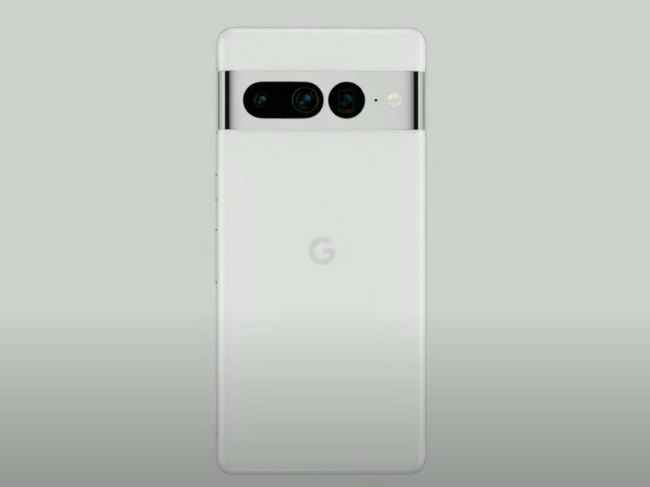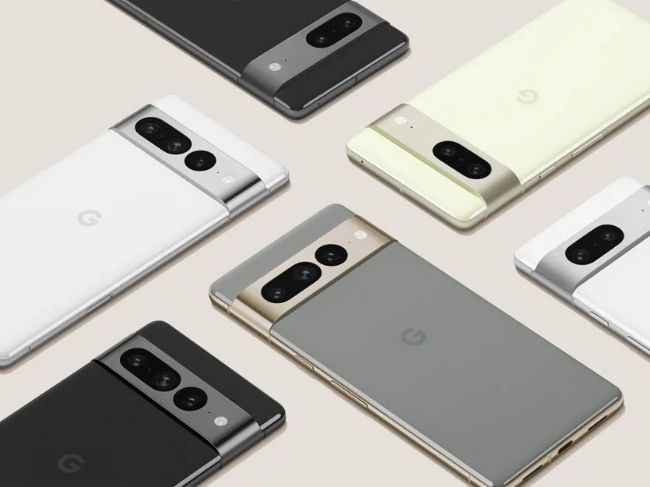Google is one company that leaks or reveals the key specifications and features of its products ahead of the official launch. Back at I/O 2022, the company gave us a glimpse of the Pixel 7 Pro which is actually scheduled to be launched in the fall. We got to see the rear side of the device with the new visor-like camera bump and the new aperture design for what seems like a triple camera setup. But, what Google didn’t show us was the front of the device. It hasn’t spilled any details yet. However, a new 9to5Google report suggests that both Pixel 7 models could come with the same displays as their precursors and the components would be yet again sourced from Samsung.
Here are the details —
Google Pixel 7 Series: What We Know So Far
It has been discovered from the Android Open Source Project that Google has two new display drivers codenamed C10 (Cheetah) and P10 (Panther) used on the Pixel 7 and the Pixel 7 Pro respectively.
The regular Pixel 7 could have a 90Hz display with 1080 x 2400 resolution while the Pixel 7 Pro could feature a 120Hz screen with 1440 x 3120-pixel resolution. However, the Pro model will stick to the native 1080p mode for saving power and it would be the panel’s “DDIC scaling” that converts the resolution to 1440p.
Now, the aforementioned display specs are comparable to the Pixel 6 lineup and the reason is that Google is allegedly using the same Samsung panels S6E3FC3 and S6E3HC3 on the new Pixels.

The only difference is supposedly in the dimensions of the Pixel 7, which is said to be a tad smaller than the Pixel 6. In the case of the Pro variant, there’s a small chance that Google could use a newer S6E3HC4 panel which is known to be at its disposal for some time. That said, it could keep this panel for future use.
The next generation of Pixel phones is on the horizon. Here’s a first look at the Pixel 7 and Pixel 7 Pro — equipped with a new generation of Google Tensor and a sleek design. Coming this fall. #GoogleIO pic.twitter.com/WMysJv1lZP
— Google (@Google) May 11, 2022Besides the screen, we know Google will be equipping the Pixel 7 series with an upgraded Tensor SoC and possibly Android 13. That’s all for now. We will keep you posted on more details about the future Pixel smartphone details as we have them.
As for other news, reviews, feature stories, buying guides, and everything else tech-related, keep reading Digit.in.
from Mobile Phones News https://ift.tt/JDG2BZI

Comments
Post a Comment